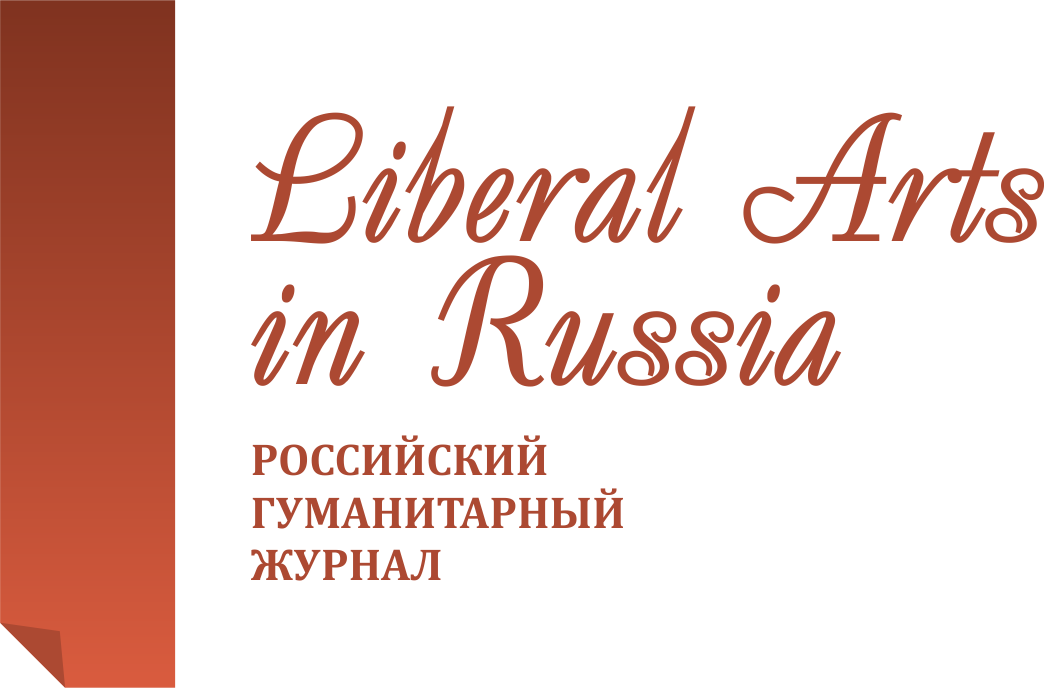Plant peasants of the Southern Urals before the peasant liberation from serfdom
Liberal Arts in Russia. 2015. Vol. 4. No. 5. Pp. 389-394.
Get the full text (Russian) Email: shrb2007@mail.ruAbstract
In the article, the social structure of mountain-plant serf population of fief and seasonal plants in the Southern Urals in the first half of the 19th century is studied. It is noted that due to the kind of their activity, all mountain-plant population was in this or that way connected with plant work; according to their social structure they were peasants, bought for the plants, or were the owners’ private serfs. It is shown that because of the variety of industrial work at a plant, the serfs of the plant-owners were categorized and differed according to the working conditions and possibilities of their own management. The Southern Urals is noted to have become the arena of private mining industry activity as compared to other areas of the country. The fact predetermining the social composition of factory population. The sources of formation and growth of the group of factory peasants of the Southern Urals are shown. In the article, the social structure is analyzed and social groups of factory peasants are described for three different mining areas of the region.
Keywords
- • the Southern Urals
- • plants
- • plant-owners
- • population
- • serfs
- • seasonal workers
- • peasants
- • workers
References
- German I. F. Opisanie zavodov, pod vedomstvom Ekaterinburgskogo gornogo nachal'stva sostoyashchikh. Otd. II [Description of plants under supervision of Yekaterinburg mining government department. Part II]. Ekaterinburg: Tip. ekaterinburgskikh gornykh zavodov, 1808.
- Istoriya Bashkortostana s drevneishikh vremen do 60-kh gg. XIX v. [The history of Bashkortostan from ancient times to the 60s of the 19th century]. Ufa: Kitap, 1997.
- Materialy dlya statistiki Rossiiskoi imperii, izdavaemye s Vysochaishego soizvoleniya pri statisticheskom otdelenii Soveta Ministerstva vnutrennikh del [Materials on statistics of the Russian Empire published with the Higher permission by the statistical department of the Ministry of Internal Affairs]. Saint Petersburg: Tip. MVD, 1841. Vol. 2. Otd. IV.
- OPI GIM. F. 14. D. 950.
- OPI GIM. F. 395. D. 40.
- OPI GIM. F. 445. D. 76.
- Poletika I. Gornyi zhurnal. 1862. No. 9. Pp. 547–558.
- I PSZ. Vol. 29. No. 22208.
- I PSZ. Vol. 29. No. 22342.
- I PSZ. Vol. 31. No. 24688. §47.
- II PSZ. Vol. 22. Otd. I. No. 21203.
- I PSZ. Vol. 29. No. 22498.
- Svod zakonov Rossiiskoi imperii [The code of laws of the Russian Empire]. Saint Petersburg: Tip. Vtorogo otdeleniya sobstvennoi e.i.v. Kantselyarii, 1857. T. VII.
- Sigov N. Russkoe bogat-stvo. 1899. No. 3. Pp. 181–214; No. 4. Pp. 183–202.
- TsIA RB. F.I.–1. Op. 1. D. 190.
